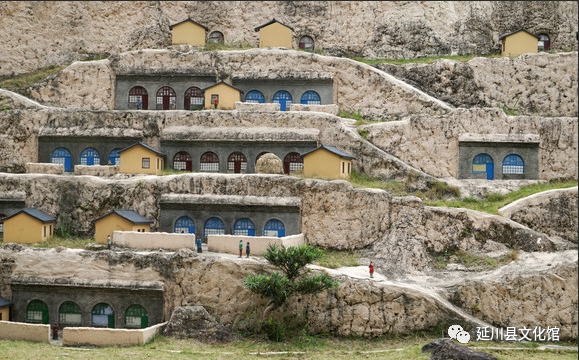Traditional soil mud is used for joint protection, while modern cement and sand mud are used for joint protection.
When building a flat pile, there is a particular emphasis on placing stones.
When building flat piles, attention should be paid to leaving chimneys.
When building flat piles, the stones on each layer should be slightly retracted, which is called “seam closing” by stone masons.
Strictly speaking, the construction of leveling piles is officially started from the laying of stones.
Each upper layer shall be compacted and grouted with crushed stones.
In the future, when installing a mouth stone, pulling a band, crossing a roof, installing a face stone, and leveling a stone, each stone should be “sitting on the mud.”.
Flat pile refers to the place from the foundation to the future installation of doors, windows, and flat walls.
It is generally six feet high and the width is the same as the kiln leg.
After the dock stones are placed, first build flat piles.
Block stones are used for modern leveling piles, and surface stones should be installed at the kiln surface.
Here, the stonemason’s jargon says, “It’s a craftsman, not a craftsman, and the large surface is placed on the bottom.” This way, the stones built are stable; The second is to place two stones in sequence and then one vertically.
The mason calls them “drag stones”, and the drag stones on each layer are staggered.
Only shovel the foundation flat, and tamp the poor soil.
“When placing every stone, you must sit on the mud.”.
One is that the large surface is flat at the bottom.
The traditional leveling pile is built with stone chips, and there is no surface stone.
The purpose is to form a network of stones that are stable and firm.
When building flat piles, the foundation soil is of good quality.
The face stones should also be installed with drag stones.
Source: Yanchuan Scripture Editor: Cheng Dong Reviewed by: Cao Yi Declared: Welcome to the official account of Yanchuan County Cultural Museum
.



